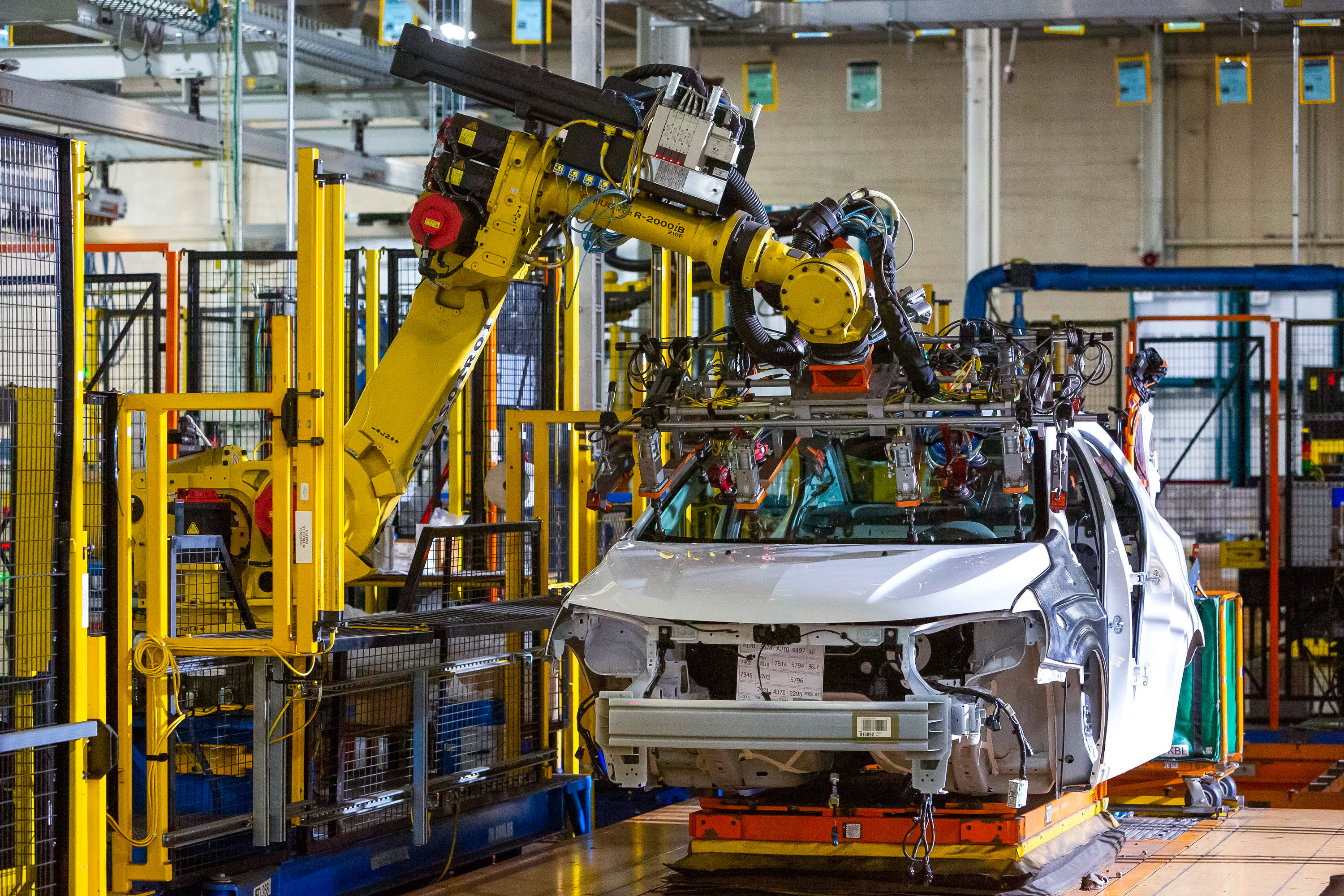What Does the GM Strike Really Mean for Workers?
3 minutes, 21 seconds read

The automotive industry is facing a major shift based on technology transformations and evolving consumer demands. However, General Motors workers are concerned that the shifts simplifying production will cost them their jobs.
Since September 16, 48,000 members of United Auto Workers (UAW) have been on strike from GM over a range of issues. Chief among those concerns is the future of U.S. jobs for GM. UAW is urging GM to return factory jobs in Mexico to the United States as one strategy to account for a projected loss of 35,000 UAW jobs over the next few years. But offshore jobs aren’t the leading culprit behind that forecasted job loss: it’s electric vehicles.
Consumer demands pushing manufacturing trends
Four transportation trends in particular are transforming how vehicles are made: connected vehicles, autonomous vehicles, shared rides and electrification. For its part, GM is planning to introduce 20 all-electric models by 2023, ultimately ending production of gas- and diesel-powered cars altogether.
Switching to electric vehicles may simplify production. UAW reports that electric vehicle’s powertrains are mechanically simpler than internal combustion engine powertrains, possessing in some cases 100 fewer components. Fewer parts, the fear goes, translates to fewer workers needed to install those components. Moreover, UAW notes that this shift to electric vehicles may mean a greater reliance on technology companies over automotive component manufacturers. This could further drive jobs away from companies like GM.
How to transition to tomorrow’s jobs
During the ongoing strike discussions, GM has offered to create 5,400 new jobs, invest $9 billion in various facilities, and increase employees’ wages and benefits. Among those facilities, GM has reportedly discussed building its upcoming electric pickup truck in Detroit and manufacturing battery cells in Ohio. However, UAW members also want assurance that, as auto manufacturing becomes more technical, today’s auto workers will be trained to move into tomorrow’s potentially higher paying jobs.
“I will tell you that the UAW is excited to be part of the evolving workforce: EV propulsion and energy storage; autonomous vehicles and related components, new mobility businesses and joint ventures,” commented UAW President Gary Jones upon opening negotiations with GM in July. That’s assuming workers can find new roles within the evolving industry.
However, Rever CTO Luis Elizondo points out that the most effective automation depends upon human support. “While automation is good in many ways, machines depreciate and do not progress or innovate,” Elizonda commented during a broadcast on the radio program Resistencia Modulada. “That innovation requires people. People continue adding value while they build their knowledge and skills to contribute greater economic and occupational benefits to the company and themselves.” That’s a powerful argument for leaning on worker knowledge in transitioning to a new way of manufacturing.
Moving forward together
Like it or not, the automotive industry is moving forward. Companies like GM must now determine how best to move frontline workers forward with them. Without or risk giving up valuable worker engagement.
A good place to start is the frontline itself. These workers see the shifts taking place. They hear that their jobs are at risk. Right now they need clear communication from managers and an organized roadmap that indicates how the company can reach next-generation manufacturing together. From there, leaders may find that those workers have their own ideas on how they can transition into new roles. It will take trust, and two-way communication, to create a corporate vision employees can embrace.
Given that GM facilities have sen 21 strikes since 1994, it may take a major culture shift to build the required trust to move forward.
The company has transcended expectations before. In the 1950s, GM became the world’s largest auto manufacturer by reevaluating how it responded to consumer demands. The precedent has been set, and input from today’s employees may hold the key for getting there once again.
Like this content? Sign up for our Newsletter
[hubspot type=form portal=561211 id=fda6d445-739e-4072-8dae-68b94971a266]THE FRONTLINE DOJO
More Articles
How to develop the next billion Knowledge Workers
3 minutes, 51 seconds read
Digital transformation in manufacturing is not what you think it is
10 minutes, 36 seconds read
The human side of change management: lessons learned from Toyota, Airbus, and Silicon Valley
1 minute, 28 seconds read
The true meaning of Genchi Genbutsu
3 minutes, 5 seconds read